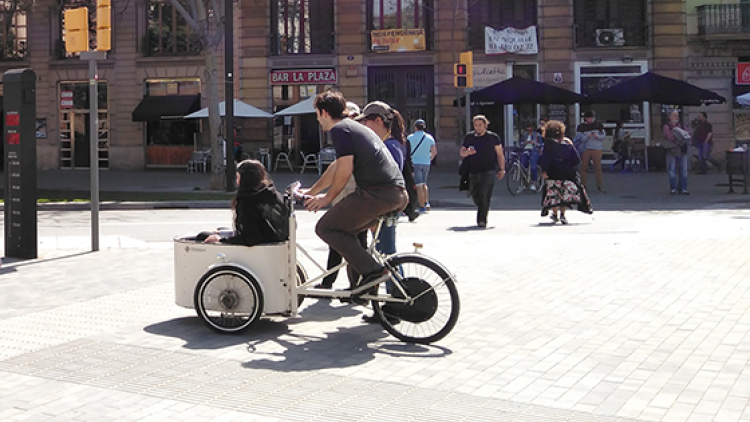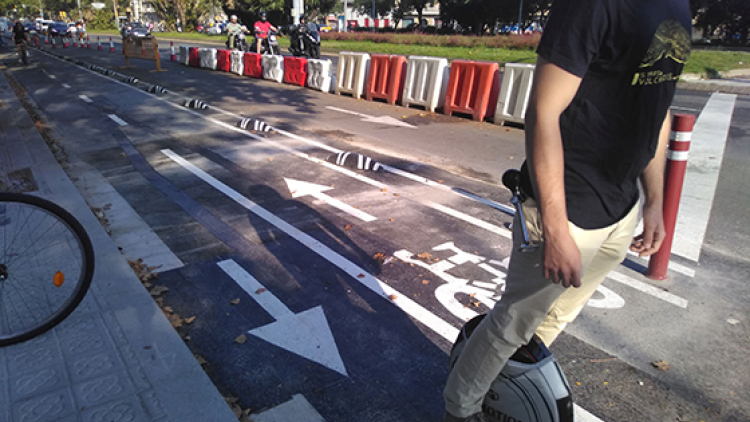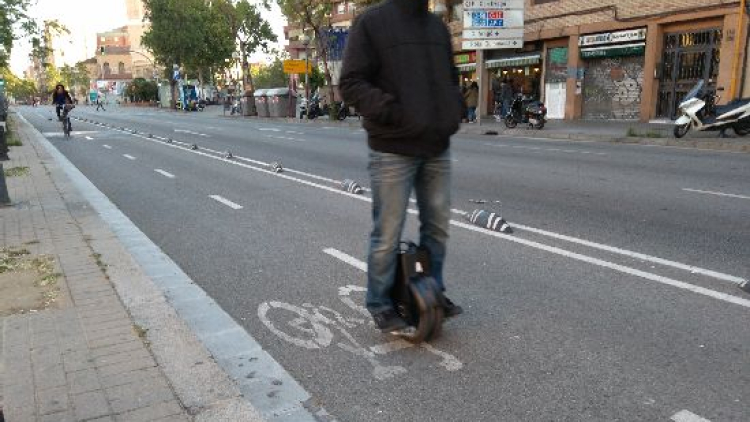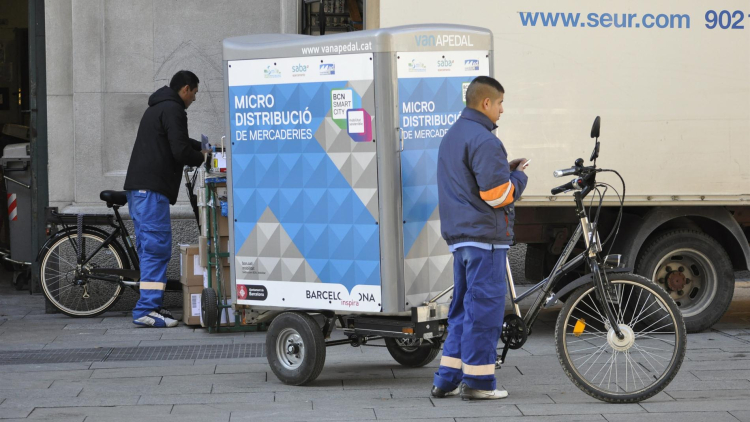Personal mobility vehicles (PMV)
Starting February 1st, new updates to the Bylaw on Pedestrian and Vehicle Traffic which seek to prioritise pedestrians and regulate personal mobility vehicles (PMVs) and their use around the city.
The last amendment to the byelaw made Open in a new window in November 2024 defines PMVs as single-person vehicles, which means that they can only be used by one person at a time. It also stipulates the minimum safety requirements: riders must wear a helmet, and the vehicle must be fitted with front and rear lights.
Under current regulations, PMVs may not be used by anyone under 16 years of age and may only be used on cycle lanes and on streets with a speed limit of 30 km/h or less. They may not be used on streets with a 50 km/h speed limit and may not exceed 25 km/h, or 10 km/h on pavement cycle lanes.
It is obligatory to take out third-party civil liability insurance if you are carrying out commercial activities. For personal use, this insurance is recommended.






